RCVS Archives Project: Next steps
As you will have gathered from the previous blog by our Archivist Lorna, the Archives Project here at RCVS Knowledge is well under way. Whilst Lorna is currently getting to grips with the collections (and Fred Smith’s handwriting) I have been recruited to work on the digital side of things.
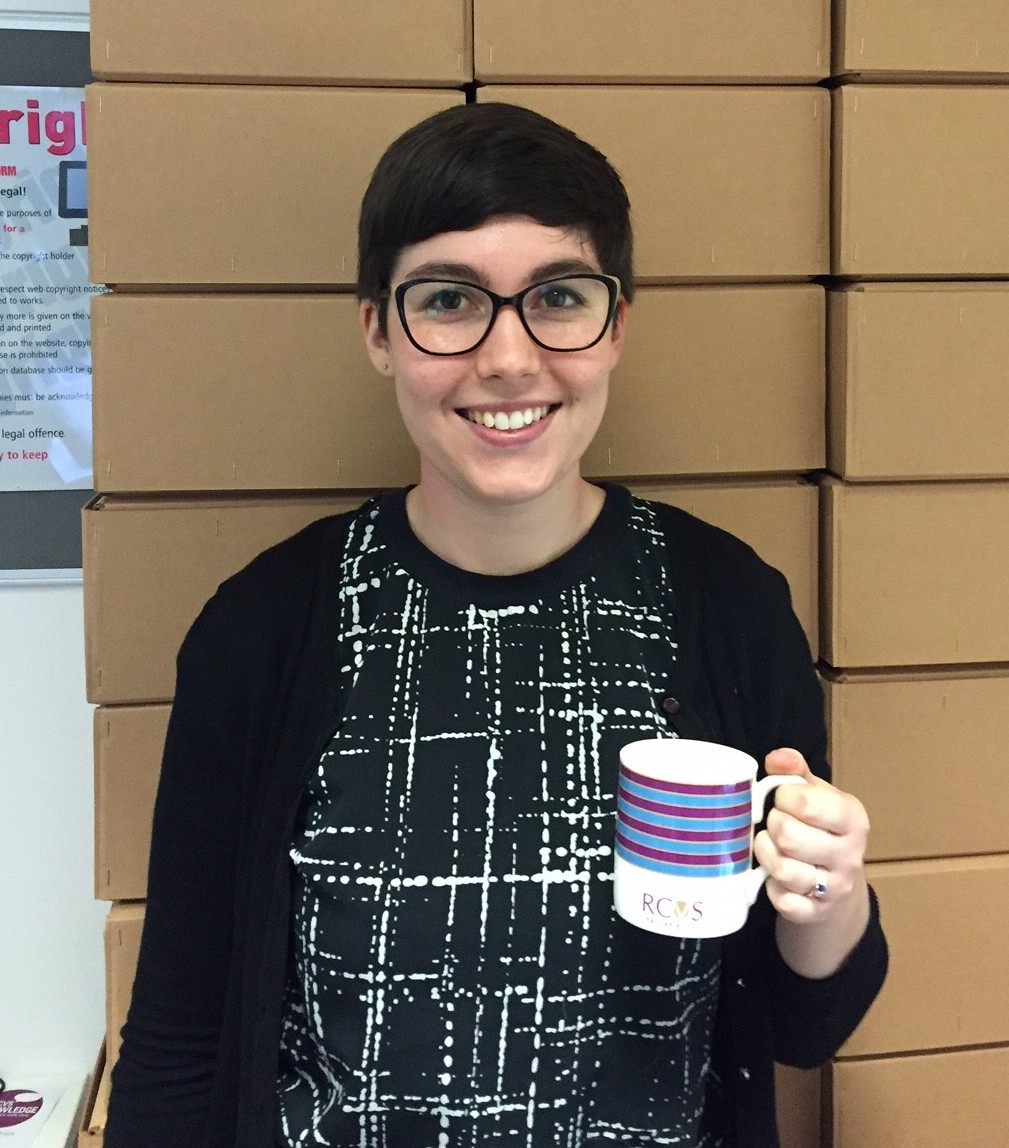
My name is Adele and since the beginning of January I’ve been working on the project as Archive and Digitisation Assistant. My role is to carry out the digitisation of priority documents within the archive and historical book collection, this includes preparing the material with preservation and repackaging measures, creating the high resolution digital images, writing descriptions and relevant metadata for the scans and uploading them onto an online digital archive. Around this I will also be assisting Lorna with promotion of the project through social media, displays and outreach activities such as talks. Once awareness of our collections grows and the enquiries come flying in I look forward delving into the collections to answer some of these too.
Previously I’ve worked as Archive Trainee at Rambert Dance Company and as the Archive and Special Collections Assistant at University of the Arts, London. Though I’ve worked with digital images within archive collections before- as well as taking on ad hoc digitisation- this project is on a whole new scale for me. I’m so excited to get our online digital archive up and running, it’s great to work in a project with such defined goals and to join at this early stage allowing me to be part of the decision making process. There are certainly many decisions to be made!
The first aspect of my role I looked into was the scanning itself. The library had already purchased a professional high resolution scanner so I was able to get straight on with comparing different settings. We want these scans to be of high quality and available in years to come so we chose to scan into TIFF format as this is uncompressed; it means it is excellent quality and 100% of the data captured during scanning is retained. For our printed text based images we want to our users to be able to search the text within them, from a TIFF file we are able to create a PDF document that we can perform optical character recognition on in order for this to be possible. We were also concerned with how easy it would be to read our images on a screen. After some in house-testing, it was decided that scanning images in greyscale provided more contrast. As the real value in our historical books and journals is the information within them, we made a decision to scan this type of material in greyscale. For images and archive material we will likely be scanning in colour to better represent the unique material context of these documents.
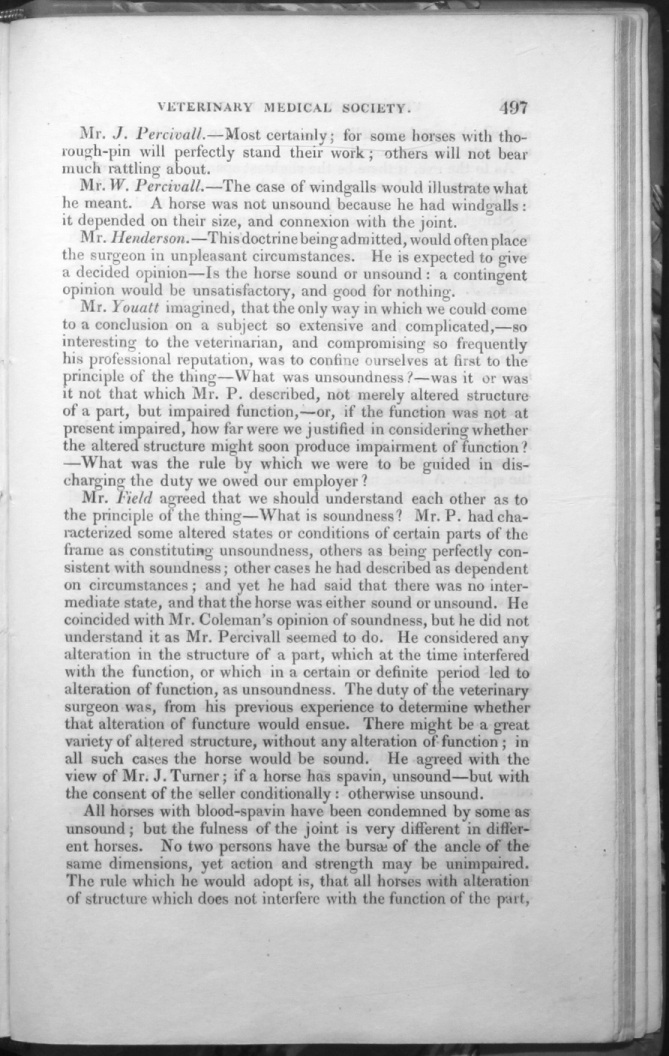
The Veterinarian scanned in greyscale. Easy to read and a much more efficient file size to store.
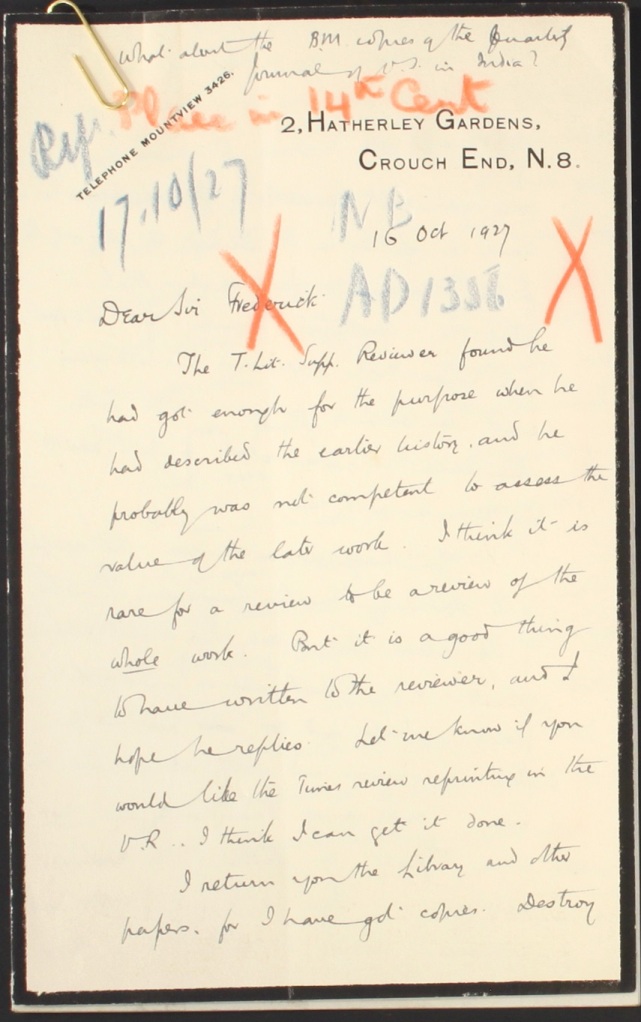
Letter to Frederick Smith. If this were scanned in greyscale would we see that the annotations were made at separate times?
Of course once I had decided how I was going to scan the material, I needed to know what to scan. A priority list has been made by Clare our Head of Library and Information Services in agreement with our funders The Alborada Trust. This was based on demand, what is already accessible online elsewhere and predicted research value. As Lorna is currently in the process of cataloguing the first archive collection, it made the most sense for me to start with our historical book and journal collection and so I am currently working on scanning volumes of The Veterinarian. The Veterinarian, published from 1828 to 1902, was one of the first veterinary journals to be launched and we hold a complete run of the periodical bound by volume. I’m currently digitising the third volume and I can see why it has been chosen as a priority- there are some really interesting case studies and comments on the profession at that time.
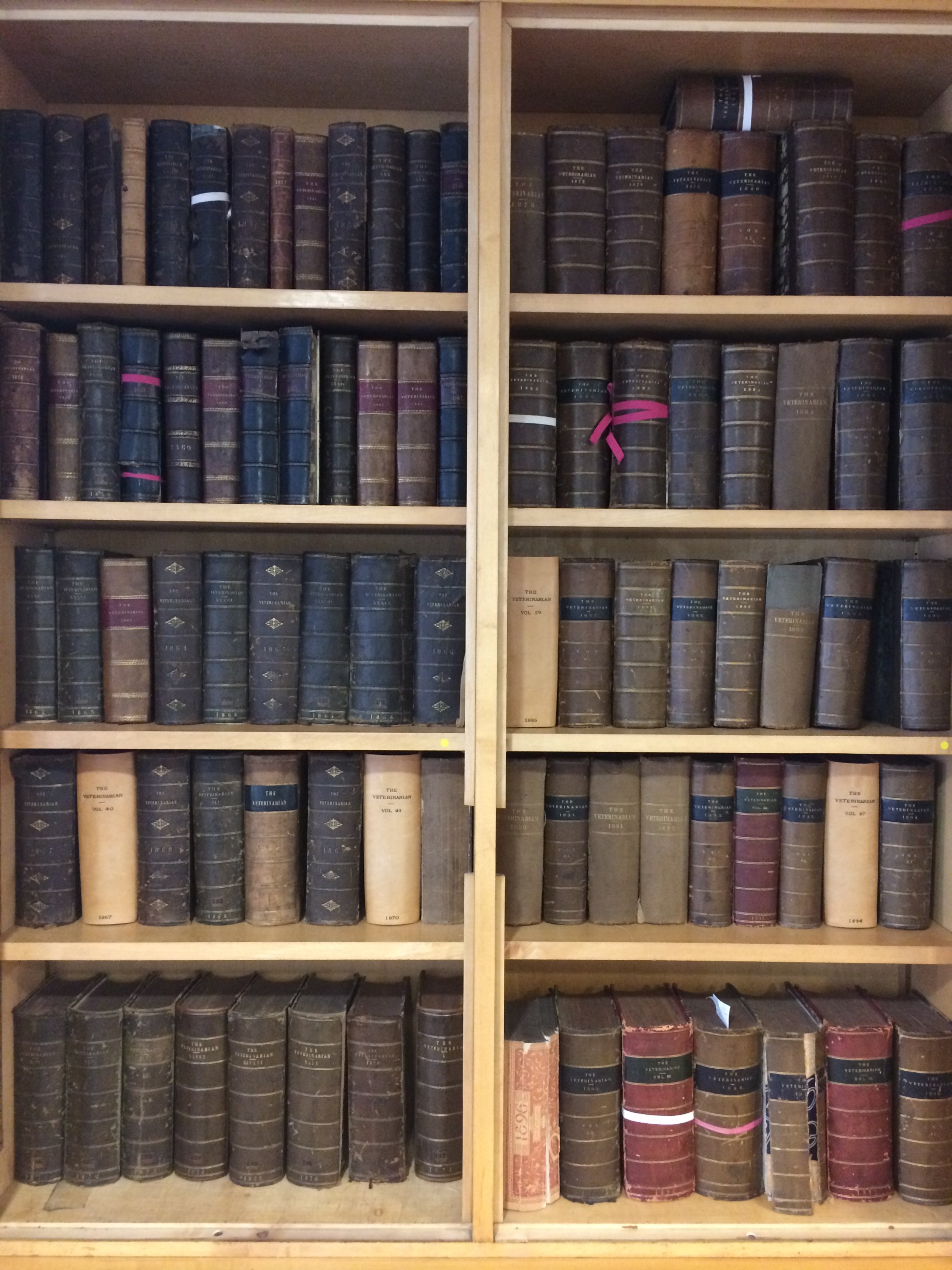
Volumes of The Veterinarian 1828-1902
Now we have some digitised pages to work with, Lorna and I are trialling some Digital Asset Management systems for the most important part of the process – making the images accessible to you online. We hope to be able to give you an update on this soon.
If you are interested in our collections then follow the hashtag #vetarchives on our twitter account @RCVSKnowledge for some updates, fun discoveries and more.
If you have any questions for the Archives Project team, please email us archives@rcvsknowledge.org
-Adele-

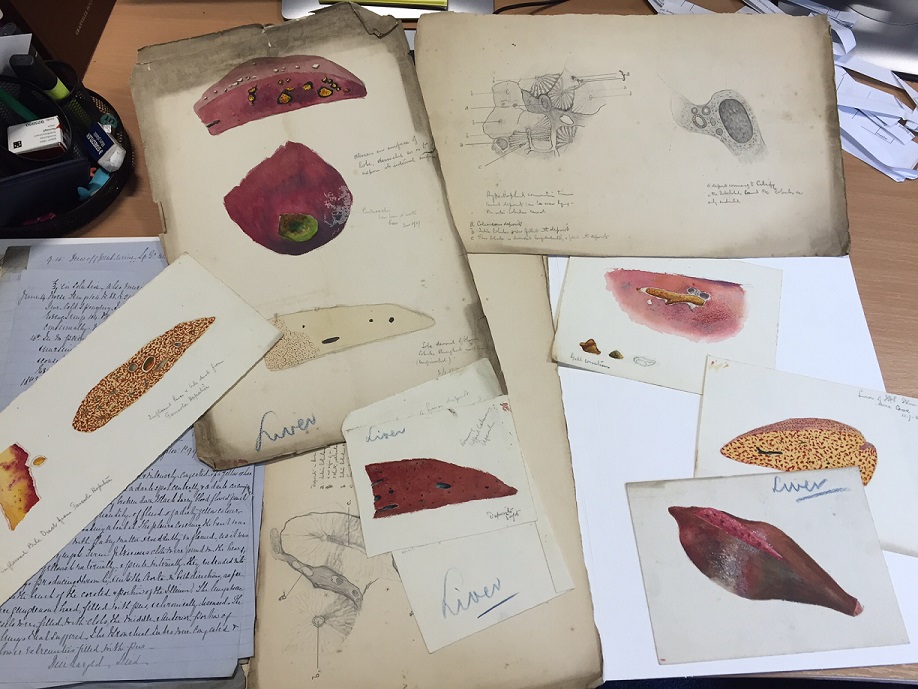
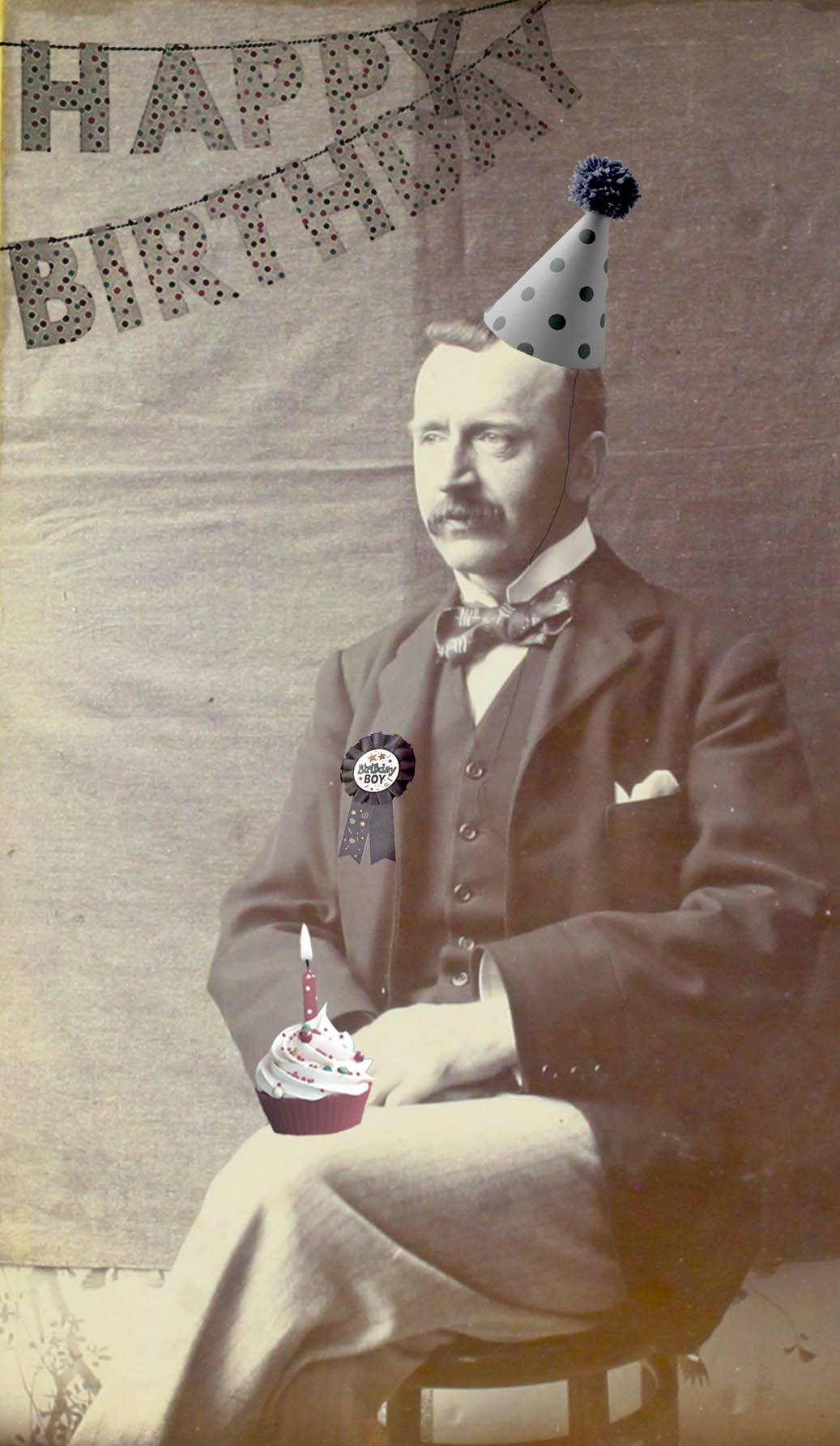
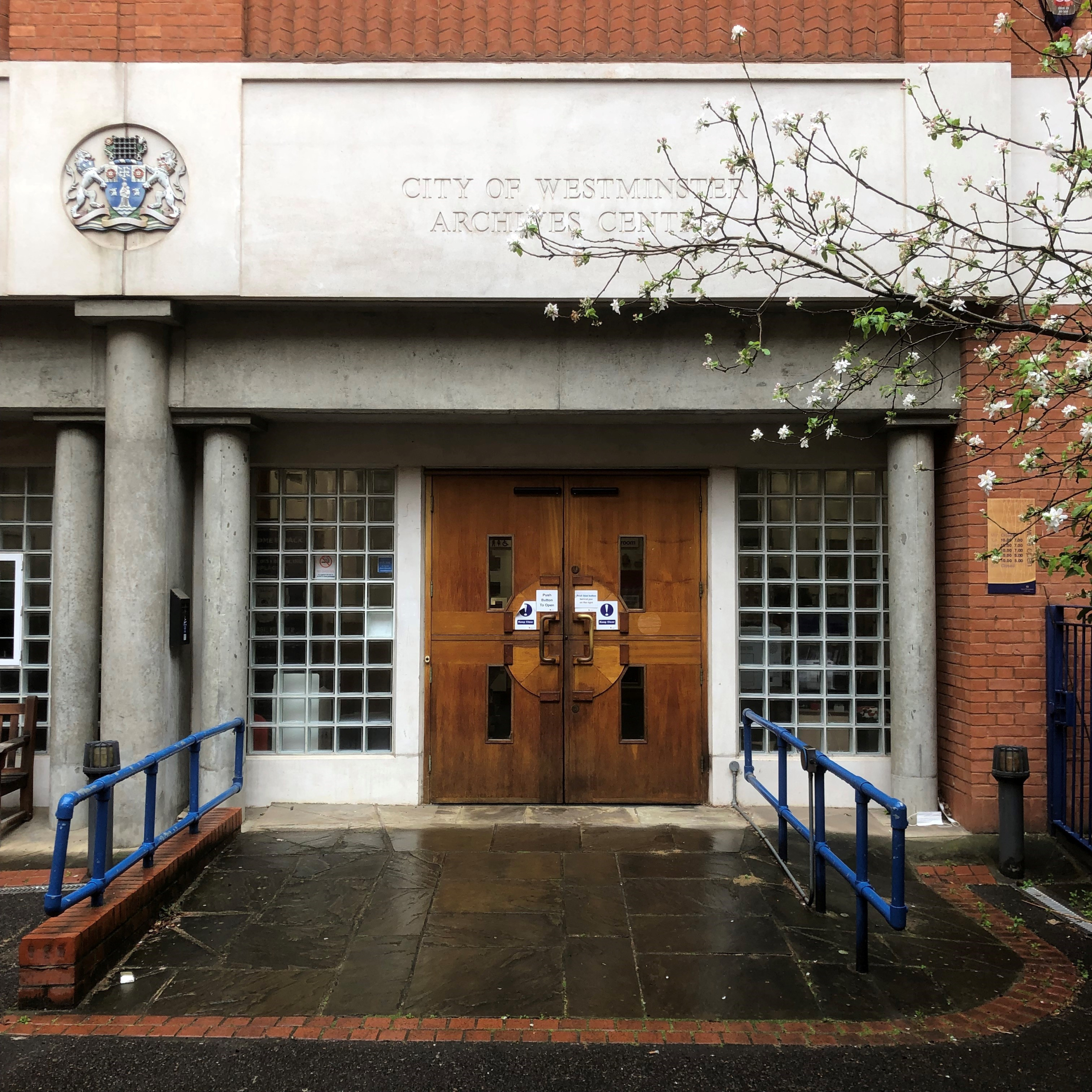
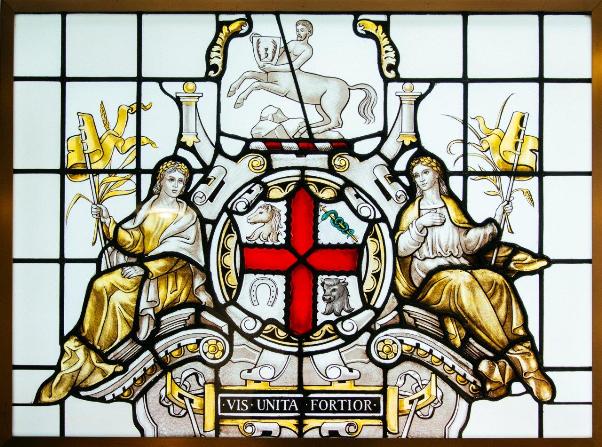

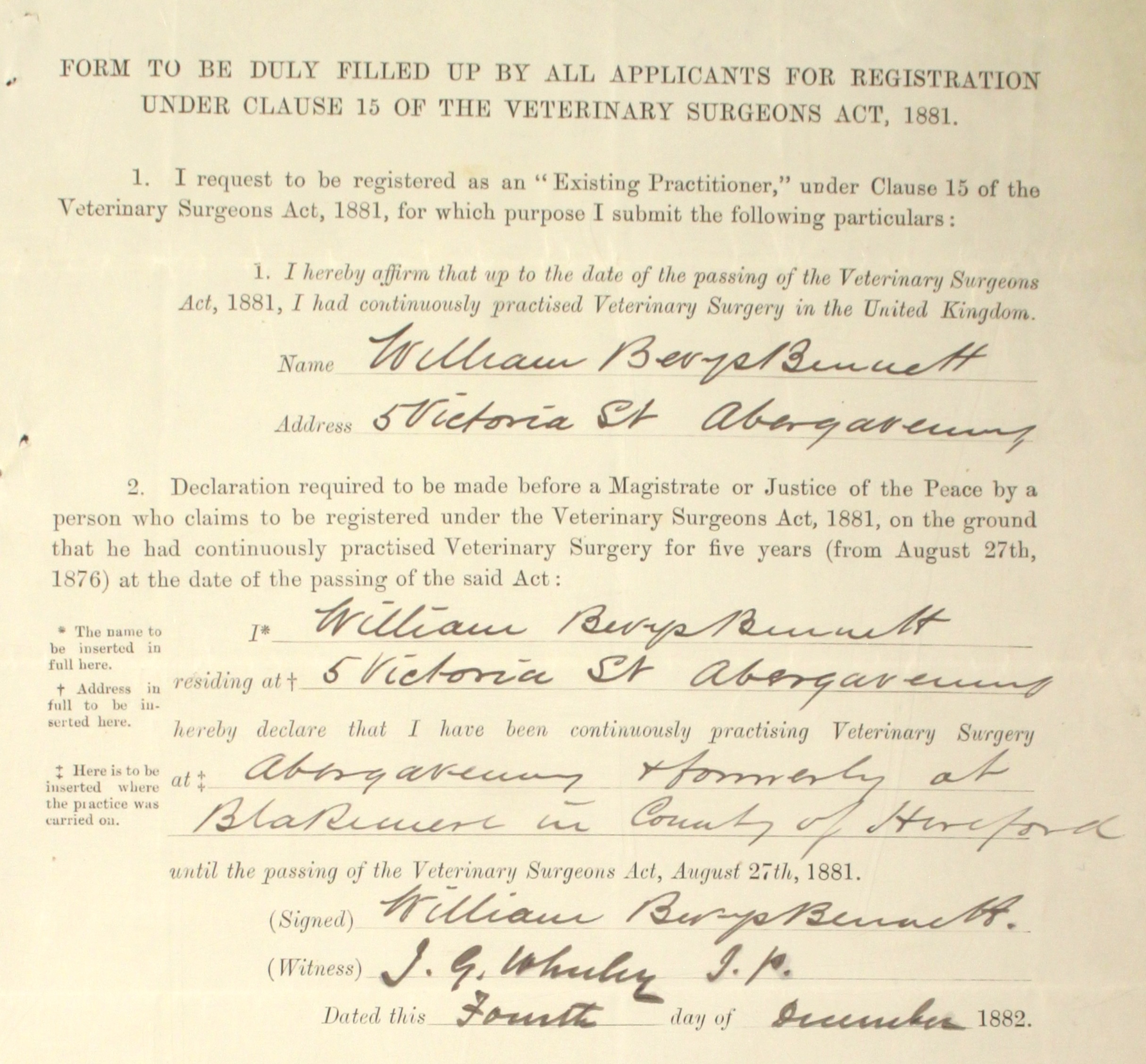
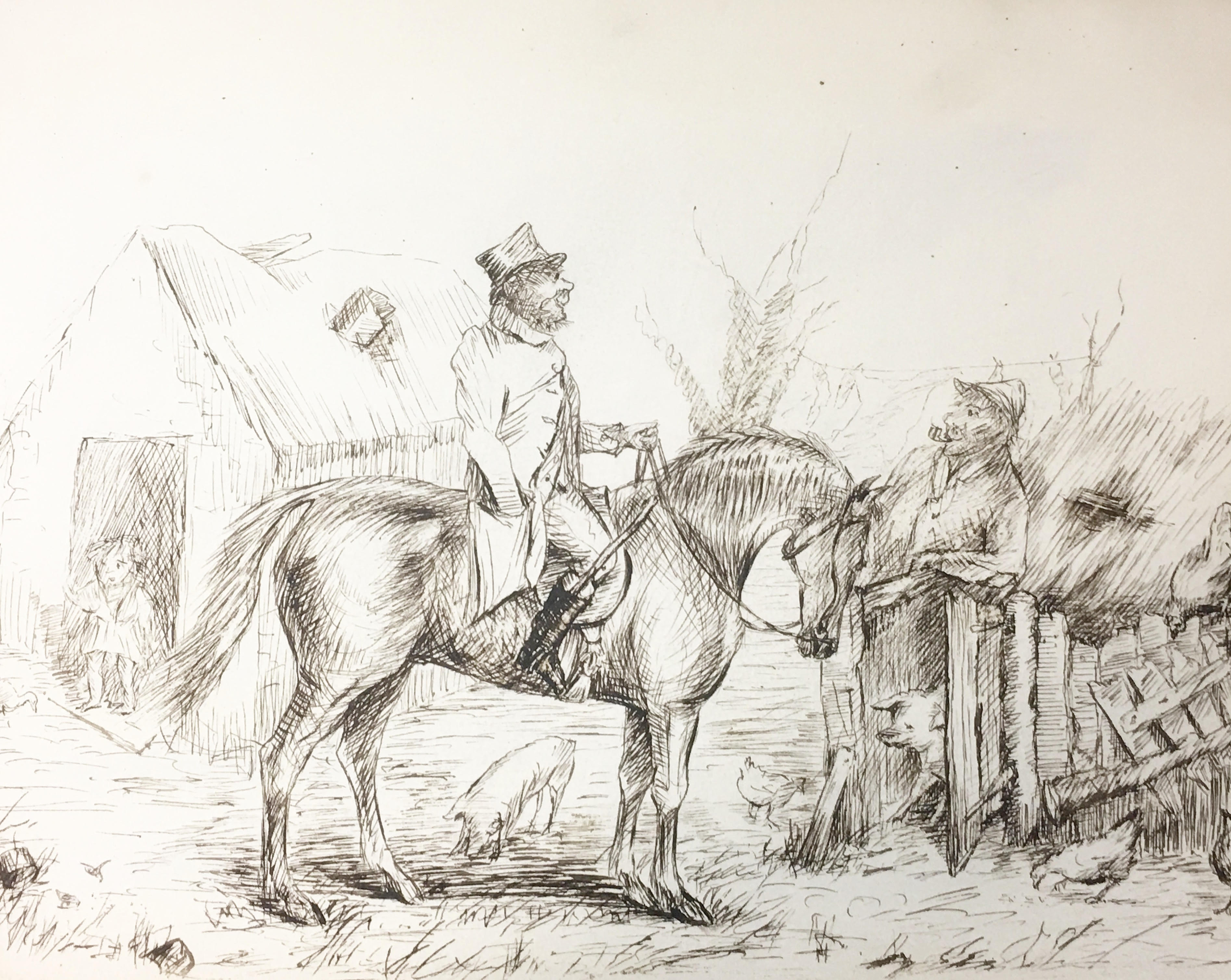
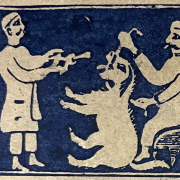
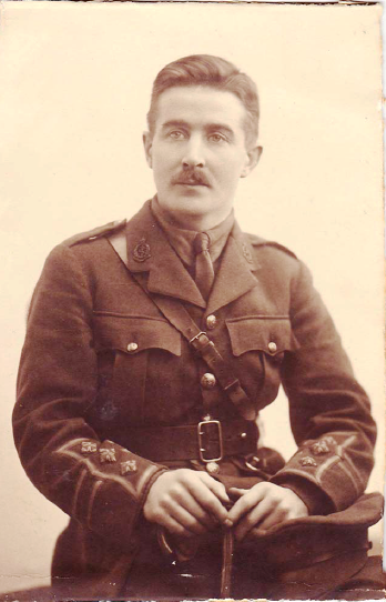
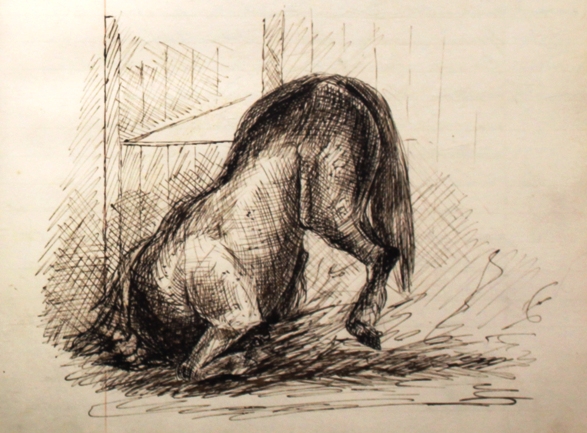
Leave a Reply
Want to join the discussion?Feel free to contribute!